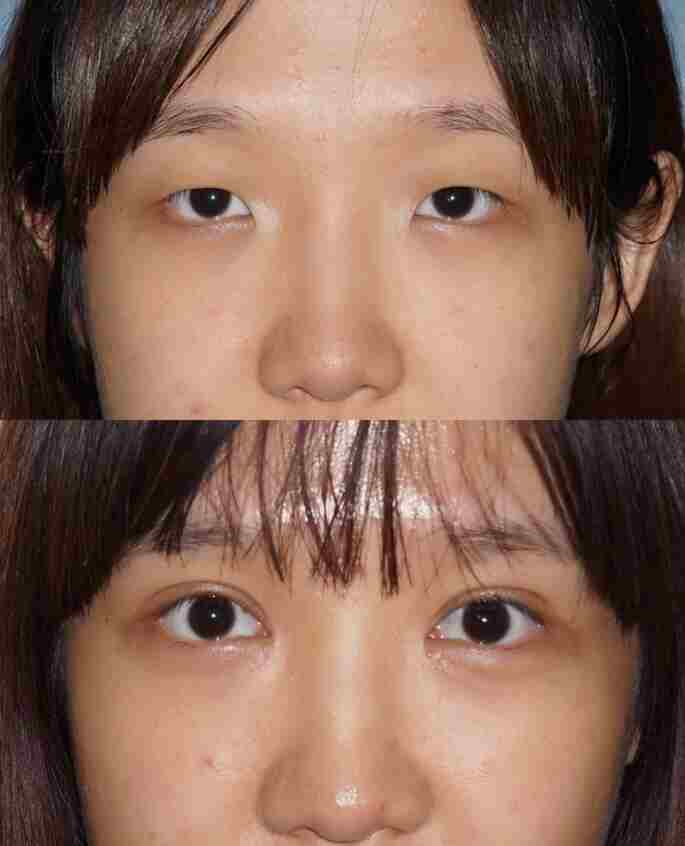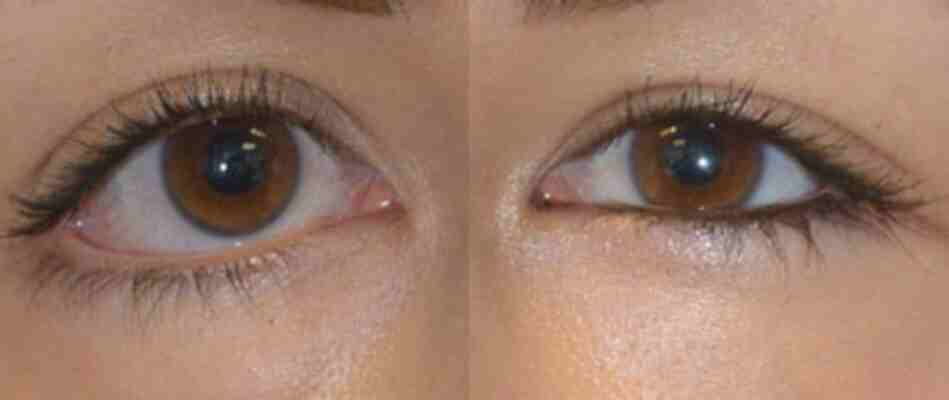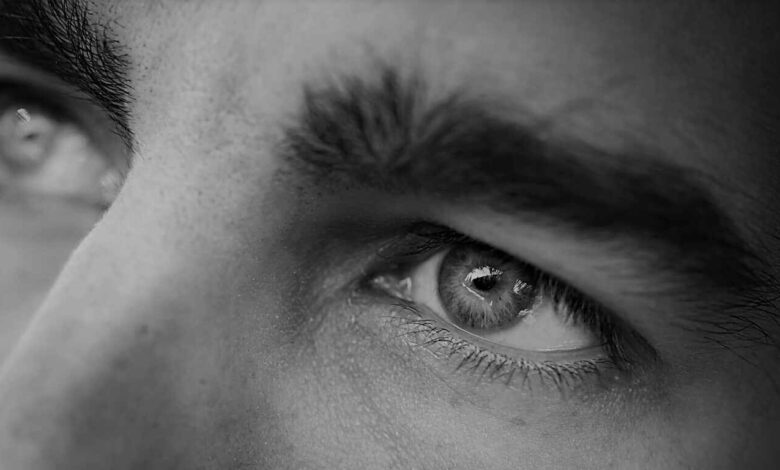
The eyes are among the most important features of our face. Apart from enabling us to see, they also play a crucial role in our communication. We use our eyes to give cues to each other while communicating. It is also evident from multiple studies that our eyes play a vital role in deciding our face attractiveness. Then, what is it which makes our eyes attractive? What do people with stunning eyes have in common? If we observe closely, most people with beautiful eyes, like actors and models, have Hunter Eyes or deep-set eyes with positive canthal tilt. Hunter Eyes make us look sharp and young. On the other hand, a bulgy eye area might look like an eyesore and make us look old and exhausted.
You must be thinking, if hunter eyes make us attractive, then how can we get these hunter eyes? and how much time might it take?
The answer might be a little disappointing, as there is no straightforward procedure that will give you Hunter Eyes. Although there are a few cosmetic surgeries available to enhance the eye and the area surrounding it, none of them truly make your eyes more deep-set or give you the Hunter Eyes look. The best possible way to get real Hunter Eyes is a long-term dedication to mewing.
Editors Article Suggestions:
What is Hunter Eyes?
Hunter Eyes are eyes that are deep-set, straight, hooded, vertically narrow yet horizontally wide, and have a positive canthal tilt.
Look at the eyes of the supermodel Sean O’Pry’s; they are hooded, i.e. his upper eyelids are not visible.
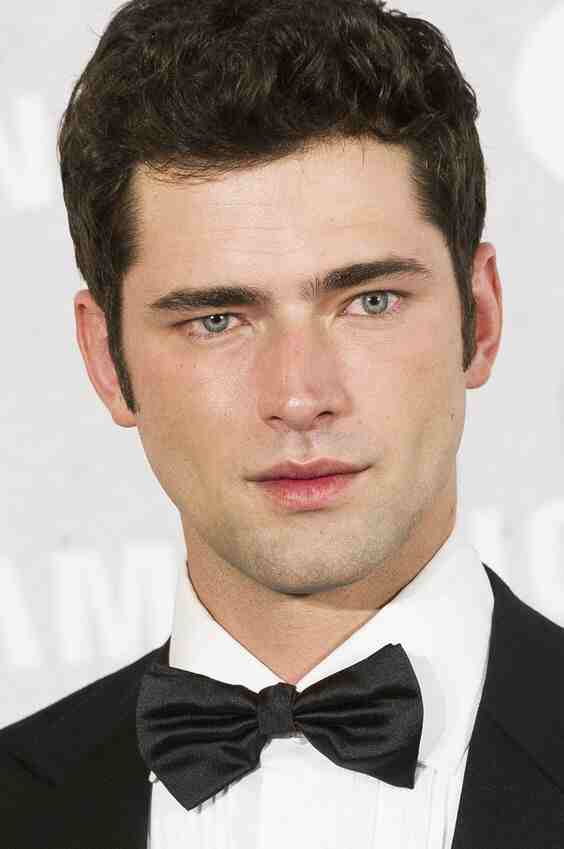
Hunter Eyes are deep-set and sit far back in the skull. However, their position or how far back they sit depends on the orientation of the orbit bones. Orbits are the sockets on the skull which hold the eyes in place.
Another vital factor is the position of your maxilla. Your eyes can appear more deep-set if there’s a down-swing in your maxilla. Unfortunately, the facial shape is primarily genetic. However, many visually attractive people have large orbits. Some of them even have Hunter Eyes while having large orbits together. Although it may take years, with proper posture and chewing hard foods, enough pressure can be exerted on the maxilla bone to compress the orbital bones vertically.
Hunter Eyes have a vertically compact orbit, which essentially is one of its core feature. However, the shape of the eye is equally important, and it helps distinguish Hunter Eyes.
Our eyes are said to have a positive canthal tilt when the lateral canthus sits higher than the medial canthus. Please check out our article on how canthal tilt affects our face attractiveness.
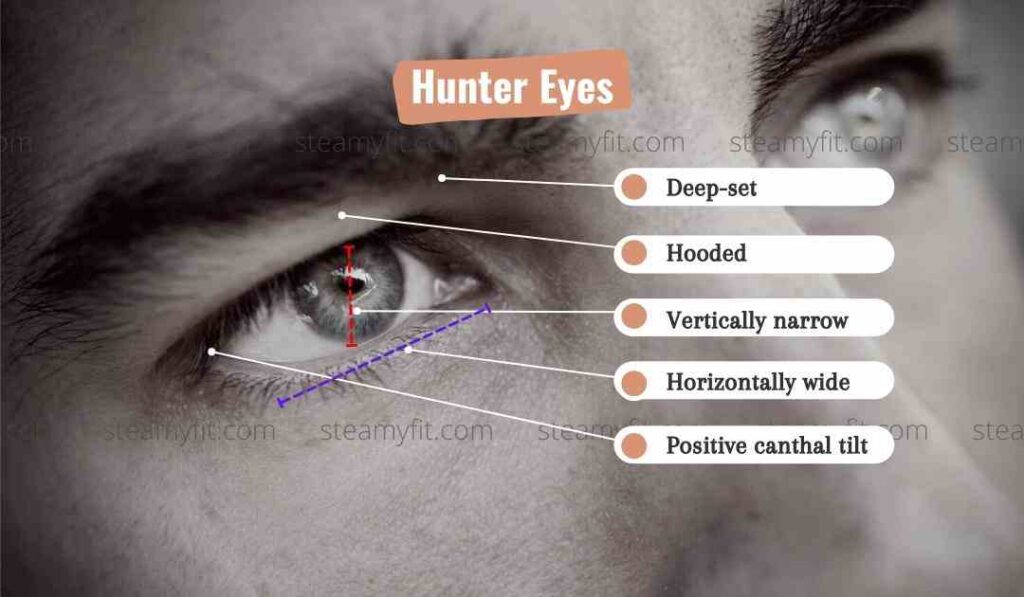
Canthoplasty
Canthoplasty is a cosmetic surgery performed on the eye canthi. This surgery involves alteration of eye shape to make it more attractive.
Lateral canthoplasty is repositioning of the lateral canthus. The surgeon cuts a slit across the lateral part of your eye horizontally. The canthal tendon is detached from the orbital rim and reattached. This results in a slight vertical raise of the lateral canthus.
An epicanthoplasty is a cosmetic surgery to enlarge the eyes horizontally. This surgery is popular in Asian countries. People with comparatively small eyes undergo this surgery to make it more attractive.
Canthopexy is similar to epicanthoplasty except, no cuts are made in the tendons or muscles, and only stitches are used. Generally, canthoplasty provides better results and lasts longer if done with proper procedure.
Even though cosmetic surgeries can make a notable difference to your eye shape and the area around it, these surgeries do nothing to make the eyes more deep-set. However, it can still contribute towards getting Hunter Eyes.
Blepharoplasty
Blepharoplasty is a simple eyelid surgery used to treat skin laxity in the eyelids. Generally, this surgery is performed when sagging upper eyelid skin infringes on the field of vision of a person.
Upper blepharoplasty is performed to treat ptosis. Ptosis refers to the condition of having a loose upper eyelid. Causes of ptosis may differ from person to person; it can be due to paralysis, some disease, or even by birth. This surgery tightens the levator, the muscle responsible for lifting the eyelid.
Similarly, in Lower blepharoplasty, the lower eyelid of the patient is lifted, and extra skin or fat is removed in order to reduce lower eyelid wrinkles, skin redundancy to improve its appearance.
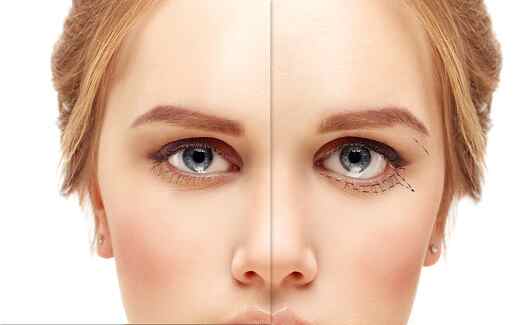
Blepharoplasty has nothing to do with Hunter Eyes. In fact, after the surgery, the patient gained more upper eyelid exposure, a conventionally less attractive feature, in exchange for a better visual field.
Orbital Decompression
As you may guess from its name, orbital decompression surgery aims to decompress the orbit bone. The main aim of this surgery is to relieve exophthalmos. It also helps release built-up pressures in the eye that mainly arises from Grave’s eye disease, a type of thyroid disease. This surgery includes the removal of bones and fat from the orbit.
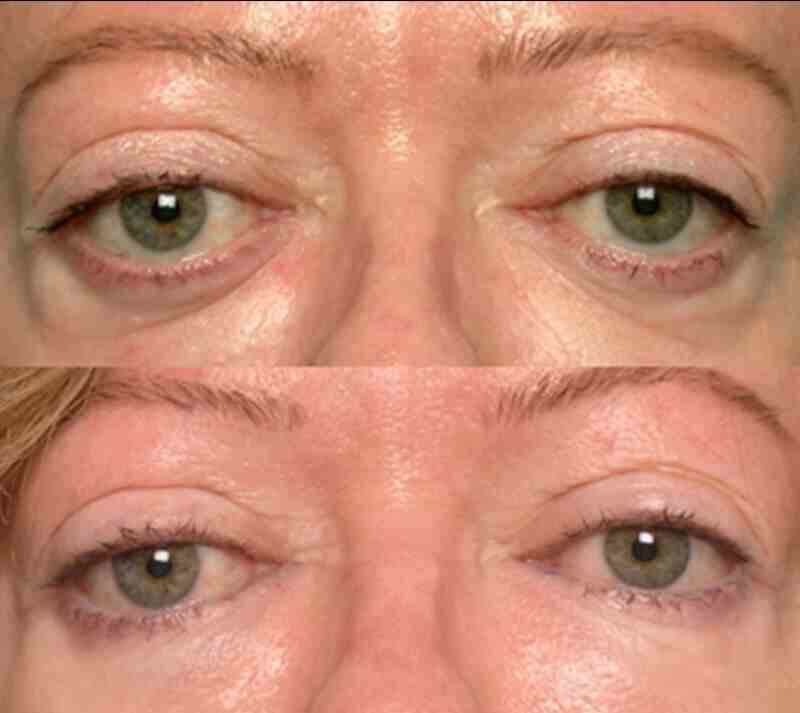
Almond Eye Surgery
The almond eye shape is conventionally considered as the most attractive. Popularized by Dr. Taban, almond eye surgery is a set of different surgeries performed together. Typically, it involves canthoplasty, ptosis repair and lower eyelid retraction, but then again this is at the discretion of the surgeon.
The results of almond eye surgery are generally remarkable. The patient above went from looking tired to more youthful and vibrant looking with almond eyes.
Although it enhanced his look, his eyes were never actually made more deep-set. I keep repeating this as it is crucial and makes all the difference in the world.
There might be alternatives to Almond Eye Surgery with different marketing and/or different combinations of surgeries. However, the surgeries covered in this article are the basic techniques used for the eyes, and they can’t get you true Hunter Eyes.
Mewing
If there is something that can give your eyes a true Hunter Eyes shape, it is mewing. The only downside of mewing is that it takes years, if not decades of regular practice and dedication. Consistent dedication to mewing is probably the only effective way to make your eyes more deep-set.
If you have distrust about bone changing shape, then look at the usual aging process of the human skull:
Something similar happened with the famous scientist Stephen Hawking, diagnosed with ALS. This disease only affects the muscles and not the bones, yet the muscles, over a long period, warped the bones significantly.
So, what is mewing? And how to do it? Well, mewing is essentially a simple and proper tongue posture and body posture. This is something that we lost in our way from a nomadic outdoor lifestyle to living in houses. Allergens such as dust and mites have impaired our abilities to breathe through our noses at an early age. Also, the poor posture that is common in today’s society worsens poor tongue posture. Slouching your head forward to look at a phone or computer causes your mouth to hang open. So, all you need to do is be aware of and correct your posture.
The technique is simple:
1. Straighten your back and neck. Stop hunching.
2. Close your lips and prevent mouth breathing.
3. Keep your teeth touching, but do not clench. Your lower jaw should be supporting your maxilla.
4. Next, rest your tongue on the roof of your mouth. Keep a small gap between the tip of the tongue and your front teeth. Press your entire tongue against the roof of your mouth. Since the roof of the mouth is curved, you won’t be able to get your tongue completely flat. So just contour it to cover as much surface area as possible of the roof of your mouth.
5. You can contract your muscles under your chin to help force your tongue onto the roof of your mouth.
6. Always try to rest your tongue in this position, make sure to keep your mouth closed and breathe through your nose.
As you press your tongue against the roof of your mouth and have your teeth touching, this exerts a constant force on your maxilla. This force pushes the maxilla up and helps create more eye support. Focus more on the back third of your tongue as this will have a direct impact on your orbit bones, but don’t forget to have consistent coverage over your whole mouth.
Changing the shape of a bone can’t happen overnight; years of consistent dedication to mewing is one of the few things that can help you achieve true Hunter Eyes. Apart from making your eyes more deep-set, mewing can also raise your cheekbones, and it can improve your canthal tilt and the rest of your eye area.
